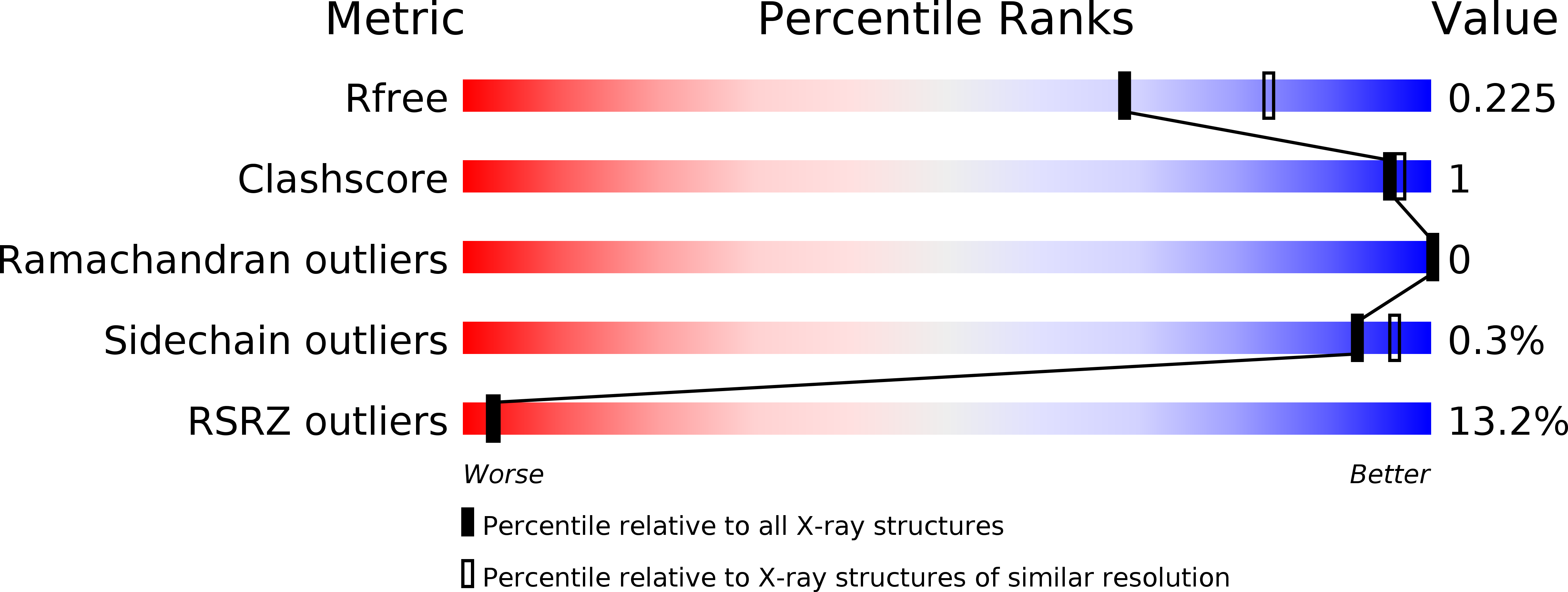
Deposition Date
2018-04-25
Release Date
2019-03-06
Last Version Date
2023-10-04
Entry Detail
PDB ID:
6D7M
Keywords:
Title:
Crystal structure of the W184R/W231R Importin alpha mutant
Biological Source:
Source Organism:
Mus musculus (Taxon ID: 10090)
Host Organism:
Method Details:
Experimental Method:
Resolution:
2.19 Å
R-Value Free:
0.22
R-Value Work:
0.19
R-Value Observed:
0.19
Space Group:
P 21 21 21


